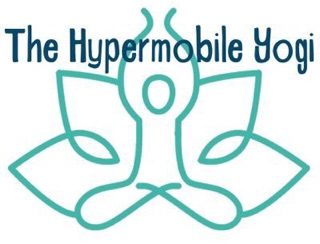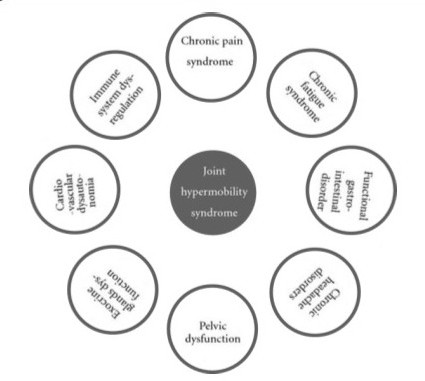What is Joint Hypermobility versus Hypermobility Syndrome?
‘For these people, hypermobility may even be considered an advantage, for example, athletes, gymnasts, dancers and musicians might specifically be selected because of their extra range of movement. For a small percentage of the population, however, instead of being advantageous, hypermobility may be associated with joint and ligament injuries, pain, fatigue and other symptoms’ (Hakim A – www.hypermobility.org). The exact cause(s) of joint hypermobility is unknown; however, “loose joints” are believed to be caused by various mutations to one or more of the components that help build our connective tissues. Research is suggesting that both genetic and epigenetic factors play a role in the presentation signs and symptoms, as well as the severity of issues associated with joint hypermobility. In some individuals, joint hypermobility is an indication of a type of hypermobility syndrome, such as Ehlers-Danlos syndrome – hypermobility type (EDS-HT). Hypermobility syndromes are classified as heritable connective tissue disorders or connective tissue diseases. There are several types of hypermobility syndromes. Ehlers-Danlos syndrome (EDS) is a type of hypermobility syndrome and Ehlers-Danlos syndrome – Hypermobility …



